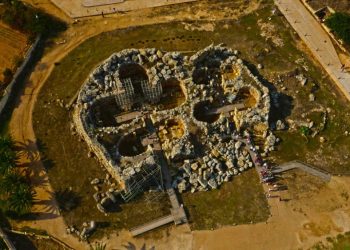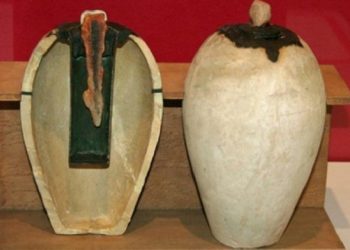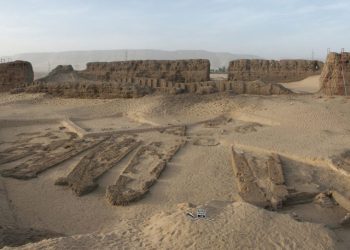Ancient Egypt’s history of pyramids is nothing short of magical. Although many experts say that the pyramids of Egypt are very human, they are also more than that, and they transcend in our understanding of the ancient world in ways we can’t still understand.
Of all the pyramids month the Egyptian pyramids are the most famous. Not because Egypt is home to the largest or oldest on Earth, but because in history we keep a special place for the pyramids of Egypt.
Although experts say that the Egyptian pyramid is the evolution of the mastaba tomb and that all Egyptian pyramids were built as a tomb, they very well know this is not the case, and there are numerous ancient pyramids in Egypt that were not tombs.
The provincial Pyramids
There are seven ancient Egyptian pyramids you probably never heard of before: The Pyramid of Elephantine, the pyramid of Edfou, the pyramid of Al-Koula, the pyramid of Nagada, the Pyramid of Sinki, the pyramid of Zaouiet-el-Meiti, the pyramid of Seïlahm, and the pyramid of Athribis. Of these eight only seven remain standing today, and collectively, we call them the provincial pyramids of ancient Egypt.
Egyptologists say that the provincial pyramids are typical monuments, but they are anything but typical. These pyramids range in height between ten to twenty meters. Their most important characteristic is that they were not meant to serve as tombs. There’s nothing inside or beneath them, and their purpose was likely a different one.
These monuments are referred to as the “provincial pyramids” because they were all constructed in different provinces of ancient Egypt. This also marks one of their main differences when compared to other Egyptian pyramids. Usually, the great pyramid—or the bigger ones—were built in necropolises.
Just as there are no written references to the great Egyptian pyramids, there are no references to the provincial pyramids. Nonetheless, Egyptologists argue that the provincial pyramids were built at the end of the Third Dynasty, and the beginning of the Fourth Dynasty. Academics believe that one-possibly two—pharaohs were responsible for their construction. They were built by either Huni or Sneferu. Sneferu was the greatest pyramid builder in the history of ancient Egypt, and is directly responsible for the evolution of the Egyptian pyramid from a step pyramid, to a smooth-sided one.
The exact reason behind the construction of the pyramids remains a mystery. This is no surprise; there are no documents dating back to the time of the Third or Fourth Dynasty during which the pyramids are said to have been built. Strange neither are there documents that document the construction of larger Egyptian pyramids of the Third or Fourth dynasties.
Nonetheless, Egyptologists tend to believe that the Provincial pyramids served one or two purposes. They were either pyramid that symbolized an ancient Egyptian cult or they were no more than cenotaphs and served as a reminder of royal power in the provinces. If they were in fact symbols of an ancient Egyptian cult, then this cult likely began in the third dynasty ruler of Djoser, since it is believed that no pyramids existed in Egypt prior to Djoser.
The Provincial pyramids appeared abruptly and were likely built during the rule of one pharaoh. It is also likely that most provincial pyramids were built by one Pharaoh, and that one or two pyramids by his successor. The provincial pyramids appeared soon after the construction of Djoser’s Step Pyramid, and experts tend to agree that these pyramids share certain similarities with the design of the Step Pyramid.
The Provincial pyramids directly predate the appearance of the first successfully built smooth-sided pyramid in Egypt, the Red Pyramid of Sneferu. The provincial pyramid of Seilah has inscriptions nearby that make reference to Sneferu, which is why Egyptologists believe it was built by the Fourth Dynasty King.
The provincial pyramids were built of limestone, except for the pyramid at Elephantine which was built out of granite. Today, the pyramids remained largely destroyed and offer no more but a glimpse at their former glory. It is estimated that the pyramids were no more than 20 meters in height and had a square base of twenty meters. The eighth—missing—provincial pyramid once stood in the Nile Delta, but nothing remains of it today. Its limestone blocks were likely used in the constitution of other buildings in the area.
Although a mystery to this day, some Egyptologists (Lehner p.96) suggest the provincial pyramids may have marked the homelands of the royal consorts, or that they are the sacred places of Horus and Seth, of the ancient Egyptian symbol for the primeval hill. Despite varying theories, not one has been able to successfully explain their existence.
Reference Mark Lehner—The Complete Pyramids











